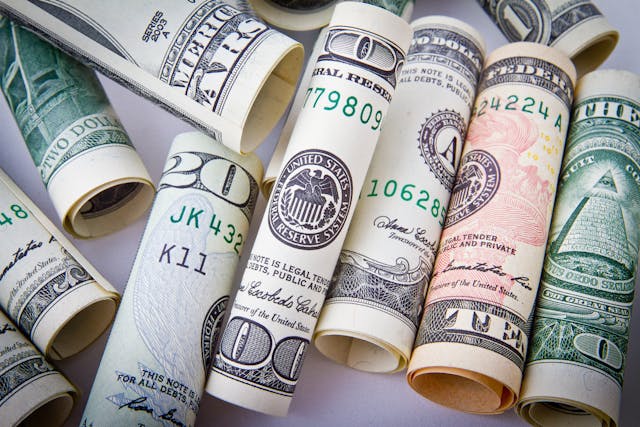Currency in Path of Exile 2 isn’t just about gold or coins — it’s the foundation of the game’s crafting system, item upgrades, and trading economy. Unlike traditional RPGs, PoE 2 uses a diverse and complex set of items known as orbs and crafting materials as currency. Understanding how these currencies work is essential for progression, gear optimization, and wealth building in the game.
In this guide, we’ll break down the key currencies in PoE 2, explain their functions, show you how to earn them efficiently, and offer tips on how to use them wisely.

Post Contents
The Basics of Currency in PoE 2
In PoE 2, currency comes in the form of consumable items, each with its own function. These currencies can modify gear, enhance items, and are also used as the main medium of trade between players. The value of currency is determined by rarity, utility, and demand within the player economy.
There is no gold system like in many RPGs — instead, items like Chaos Orbs and Divine Orbs serve as de facto currency units.
Core Currency Items and Their Functions
| Currency Item | Description |
| Chaos Orb | Re-rolls the random modifiers on a rare item. Widely used for trading. |
| Divine Orb | Re-rolls the numerical values of existing modifiers on gear. |
| Orb of Alchemy | Upgrades a normal item to a rare item. Common in crafting. |
| Orb of Fusing | Changes the number of links between sockets. Vital for linking gear. |
| Orb of Alteration | Re-rolls modifiers on magic (blue) items. Used in early-game crafting. |
| Exalted Orb | Adds a new random modifier to a rare item. Rare and highly valuable. |
These currencies form the foundation of the PoE 2 economy and crafting system. Players will likely see many of these return from the original game, potentially alongside new types introduced in the sequel.
How to Earn Currency in PoE 2
Mapping
Endgame mapping remains one of the most reliable ways to farm currency. Each map run can yield a wide variety of valuable items, including currency drops, valuable loot, and crafting bases. Players often enhance maps using Orbs of Alchemy or Chaos Orbs to increase monster pack size and item quantity, improving returns. Running maps in series or using atlas mechanics like Sextants and Scarabs can significantly boost efficiency.
Vendor Recipes
Vendor recipes are specific combinations of items you sell to an NPC in exchange for guaranteed currency. For example, turning in a full set of identified rare gear yields a Chaos Orb. A full set of unidentified rares may yield two. Other recipes provide Chromatic Orbs, Jeweller’s Orbs, and even Exalted Shards, making this a reliable passive source of income for attentive players.
League Mechanics
Every league introduces a mechanic with its own currency rewards. Mechanics such as Heist (contracts and blueprints), Delirium (splinters and cluster jewels), or Expedition (logbooks and artifacts) can be extremely profitable. Focusing on a specific mechanic and investing in related gear or atlas passives often leads to steady income.
Trading
PoE’s player-driven economy thrives on trading. Players can amass currency by buying underpriced items and reselling them at a profit. Websites like the official trade site or community tools help monitor price trends. Learning to recognize undervalued uniques, craftable bases, or meta-relevant gear is key for successful flipping.
Crafting and Flipping
Crafting items using Orbs, Essences, or Fossils and then reselling them at a higher price can be lucrative. For example, creating desirable mods on boots or wands for popular builds often yields high profits. Flipping involves buying a cheap but useful item, improving it (through quality, sockets, or links), and reselling for a higher margin.
Diversifying your approach and combining these methods will lead to more consistent and substantial currency generation throughout your PoE 2 journey.
Tips for Managing Your Currency
- Don’t waste high-tier currency like Divine or Exalted Orbs on low-level or temporary gear. These should be reserved for crafting or enhancing high-value endgame items.
- Use lower-tier currencies (such as Orbs of Transmutation, Augmentation, or Alteration) to experiment during leveling or complete basic crafting recipes early in your journey.
- Learn how the in-game economy evolves. Item prices often shift based on league mechanics, popular builds, or newly discovered crafting strategies.
- Always double-check trade values using trusted trade platforms and pricing tools like trade websites or community APIs to avoid overpaying or underselling.
- Be cautious when trading directly with other players. Avoid scams by sticking to the official trade interface and trusted community services.
- Organize your stash. Having currency sorted by type and purpose makes it easier to plan your upgrades and crafting goals.
- Consider reinvesting a portion of your earned currency into farming tools like scarabs, sextants, or map juicing gear to keep your income cycle growing.
Conclusion
For players looking to save time or gain an early edge, there’s also the option to buy PoE 2 currency from trusted marketplaces. This can help you quickly gear up or test new builds without the grind, as long as it’s done safely and responsibly.
Currency in Path of Exile 2 is far more than just a medium of exchange — it’s the key to crafting, trading, and building powerful characters. Mastering its use will help you progress efficiently, earn better gear, and gain a strong economic foothold. Whether you’re a seasoned trader or a casual player, understanding how PoE 2’s currency system works will give you a significant advantage in your journey through Wraeclast.